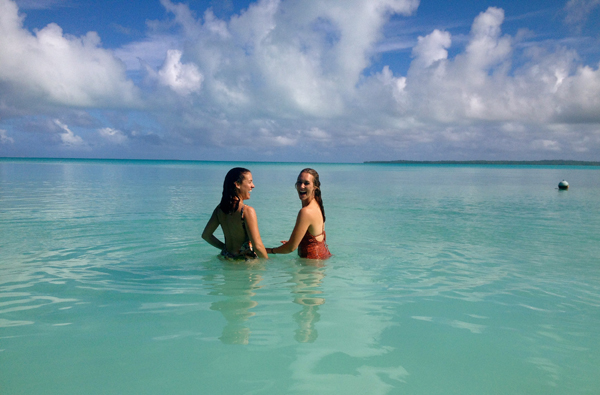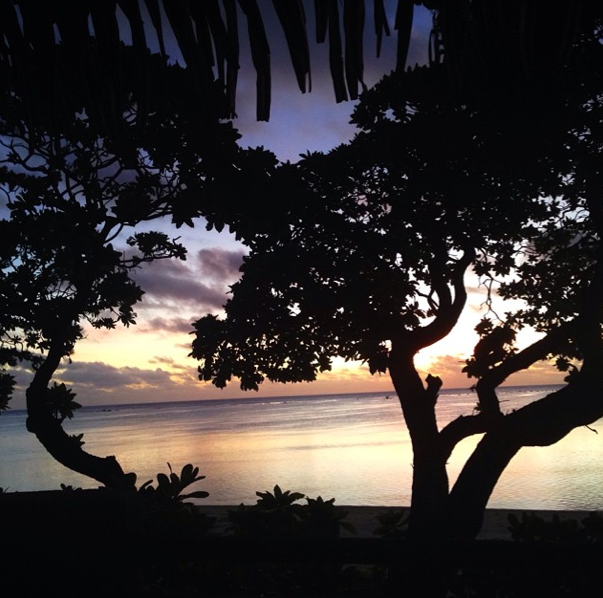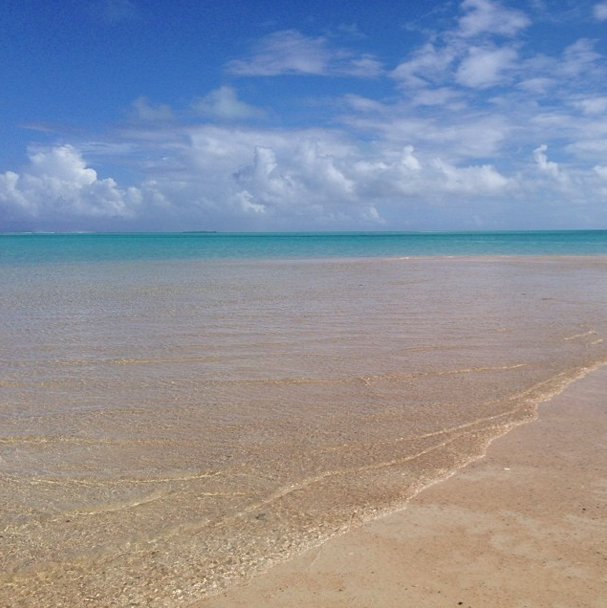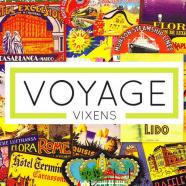 We can’t wait to share with you all of our adventures in the Cook Islands last week! Truly a gem of the South Pacific – 15 islands in all, 12 that are inhabited – travel photography was easy with all the “no filter needed” beauty in Rarotonga, Atiu, and especially Aitutaki. There’s nothing quite like the turquoise, clear waters of the Aitutaki Lagoon. Our eyes and brains still can’t quite believe it was real. Here are just a few of our favorites in honor of #BeachThursday.
We can’t wait to share with you all of our adventures in the Cook Islands last week! Truly a gem of the South Pacific – 15 islands in all, 12 that are inhabited – travel photography was easy with all the “no filter needed” beauty in Rarotonga, Atiu, and especially Aitutaki. There’s nothing quite like the turquoise, clear waters of the Aitutaki Lagoon. Our eyes and brains still can’t quite believe it was real. Here are just a few of our favorites in honor of #BeachThursday.
A little history of the Cook Islands:
The Cook Islanders consider themselves to be true Polynesians, with roots deep in sophisticated navigation and some of the planet’s finest seafarers. Ancient settlers arrived around 800 AD, but the so-called “Polynesian migration” began in 1500 BC when the islands were populated with Maori tribal peoples who landed in their Vakas (giant double hulled canoes) guided solely by the moon, sun, stars, ocean swells, and bird flight patterns. In fact, this ancient art is making a comeback today with two of the masters of celestial navigation calling the Cook Islands their home.
Like many of the South Pacific islands, the Cooks were influenced by Christian missionaries in the early 19th century. Though it had an impact on the traditional way of life, the Cook Islanders were able to maintain and incorporate much of their Polynesian heritage.
Despite some popular belief, Captain Cook did not discover the islands. In fact, they were originally called the Hervey Isles after a British Lord. It was actually the Russians who named them the Cook Islands, in honor of the famous caption in 1823.
 For years, many of the islands were independently ruled by local chiefs and with no federal statutory law. Today the country is essentially independent, self-governing in free association with New Zealand.
For years, many of the islands were independently ruled by local chiefs and with no federal statutory law. Today the country is essentially independent, self-governing in free association with New Zealand.
See more photos from our trip:







 Subscribe to our email to get the latest news, travel tips, tricks of the trade, and our most recent posts delivered straight to your inbox monthly.
Subscribe to our email to get the latest news, travel tips, tricks of the trade, and our most recent posts delivered straight to your inbox monthly. 